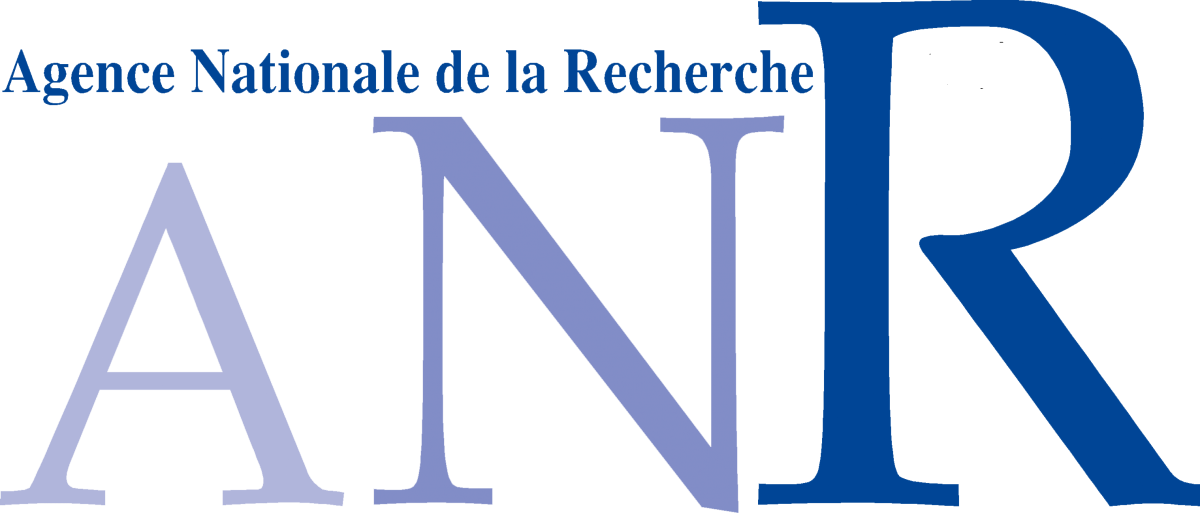Cachonella paradoxa
Diagnosis
Diagnosis_Genus: Parasites of siphonophores and copepods, with very plastic morphologies (pedonculated or not, with or without digitations).
Diagnosis_Species: Parasite of siphonophores. The parasite is attached on its host by ramified rhizoids supported by a large pad. This structure can elongate, forming a peduncle, and retract again. This sessile form has three main fibrillar regions (two in the upper side, one inferior), contain a large and central nucleus, containing one to several nucleoli. Division of this sessile form has never been observed. The parasite can additionally form digitations, by the devagination of pre-existing tubules. Inside the digestive cavity of its host, the parasite become turgescent by absorbing material, with cytoplasmic extension occupying all digitations. When release into water, the parasite retracts from digitations, forms a new external membrane and becomes ovoid. The parasite is then released out from the old cuticle. Palintomic sporogenesis produced hundred of spores. Daughter sporozoite produces a peduncle than can remain attach to the mother cuticle, forming a tree planting scheme. Spores are spherical (20 µm in diameter), with a dinospore shape and two unequal flagella. Typical dinocaryon observed.
Body_length: 25-130 µm
Body_spore: 20 µm
Etymology
Cachonella: in honor of Pr Cachon.
Type species
This is the type species of the genus.
Type illustration / Type locality / Type specimen
Type host: siphonophores Calycophorides.
Type locality: Villefranche-sur-mer and Alger Bay.
Ecology
Substrate: epizoic (endocommensal epibiont)
Salinity: marine
Life cycle
Generation: <1 month
Reproduction_mode: asexual
Symbiont: horizontal












